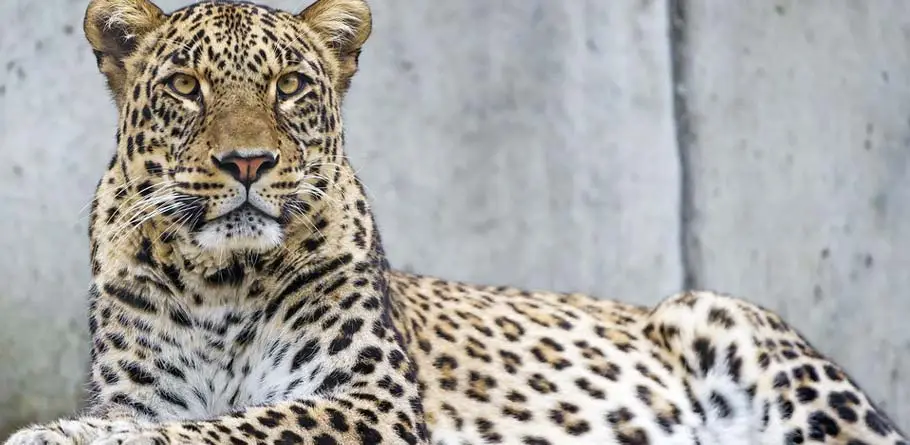Types of Leopards and Prices in Pakistan

Leopards, the majestic big cats, have always intrigued humans with their grace, power, and elusive nature. In Pakistan, these beautiful creatures are not just a symbol of strength but also a topic of great fascination. In this comprehensive article, we delve into the various types of leopards found in Pakistan, exploring their unique characteristics, habitats, and, intriguingly, their market prices. Join us on this journey as we unveil the secrets of these magnificent creatures, shedding light on their significance in the wild and in the market.
Understanding the Leopards Species
Leopards, scientifically known as Panthera pardus, exhibit a remarkable diversity across different regions. In Pakistan, three main types of leopards roam the wilderness: the Indian Leopard, the Persian Leopard, and the Snow Leopard. Each type is distinct in its appearance, habitat, and behavior.
1. Indian Leopard
The Indian Leopard, widely found in the forests and grasslands of Pakistan, boasts a tawny-yellow coat with distinctive black spots and rosettes. Their adaptability to various environments, from dense forests to arid regions, makes them one of the most widespread leopard species in the country.
2. Persian Leopard
The Persian Leopard, also known as the Caucasian Leopard, inhabits the mountainous regions of Pakistan. Recognizable by its pale coat and larger rosettes, this species thrives in rugged terrains and is well adapted to the harsh weather conditions prevalent in the mountains.
3. Snow Leopard
The Snow Leopard, a highly elusive and endangered species, is found in the northern mountain ranges of Pakistan. Known for its thick fur, which provides insulation against the cold, and its ability to traverse steep cliffs with unmatched agility, the Snow Leopard is a symbol of adaptability in extreme environments.
Leopard Prices in Pakistan: A Complex Market
In recent years, the demand for leopards and their body parts, sadly, has led to an illegal market. While we vehemently oppose any form of wildlife trade, it is essential to understand the factors that drive these activities to combat them effectively.
Also read this: Lion Price in Pakistan
Factors Influencing Leopard Prices
- Rarity: The rarer the species, the higher the price it commands in the illegal market. Snow Leopards, being highly endangered, are particularly sought after and can fetch exorbitant prices.
- Mythological and Medicinal Beliefs: Some communities believe in the mystical properties of leopard body parts, leading to a demand for skins, bones, and teeth, especially in traditional medicine practices.
- Trophy Hunting: Despite international bans, trophy hunting of leopards continues in some regions, with hunters paying substantial amounts for the opportunity to bag these magnificent creatures.
- Habitat Loss: As leopard habitats shrink due to deforestation and urbanization, encounters with humans become more frequent, sometimes resulting in leopards being captured and sold.
Combating the Illegal Trade
To preserve the rich biodiversity of Pakistan and protect these majestic creatures, stringent measures need to be taken to curb the illegal trade of leopards and their body parts. Strengthening law enforcement, raising awareness about the importance of wildlife conservation, and promoting ecotourism are vital steps in the right direction.
Conclusion: Preserving Pakistan’s Natural Heritage
In conclusion, leopards in Pakistan represent not only the incredible biodiversity of the region but also the urgent need for conservation efforts. Understanding the different types of leopards and the factors influencing their prices is crucial in addressing the challenges faced by these magnificent creatures. Let us stand together to protect Pakistan’s natural heritage and ensure a future where these graceful big cats continue to roam freely in the wild.
